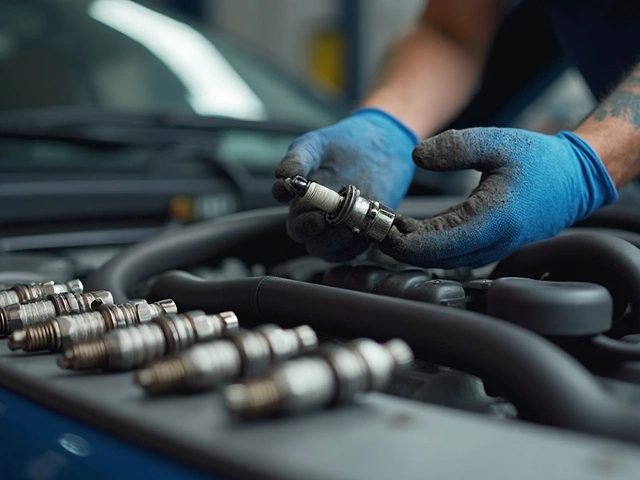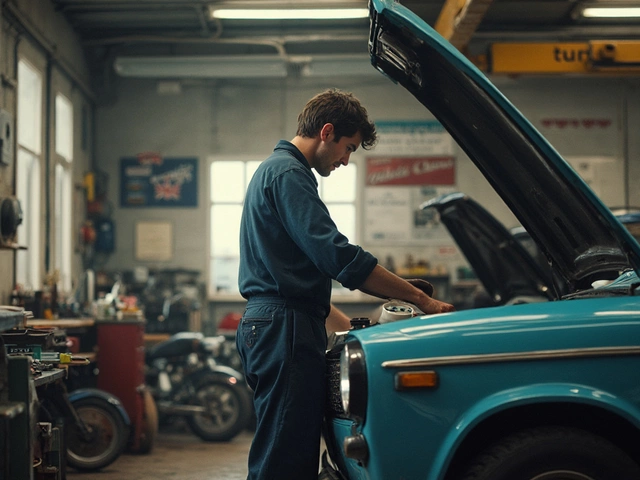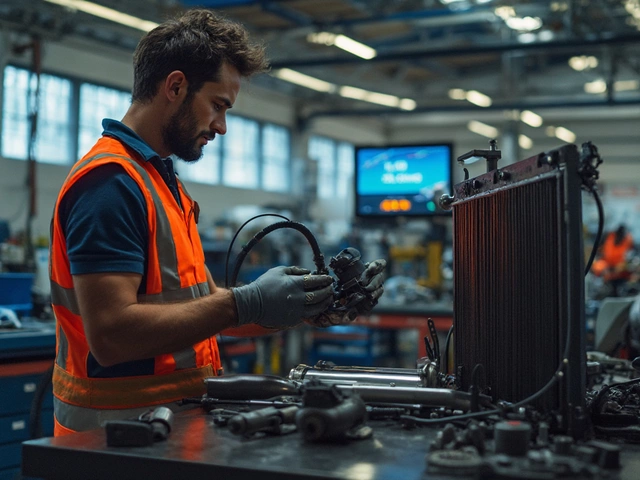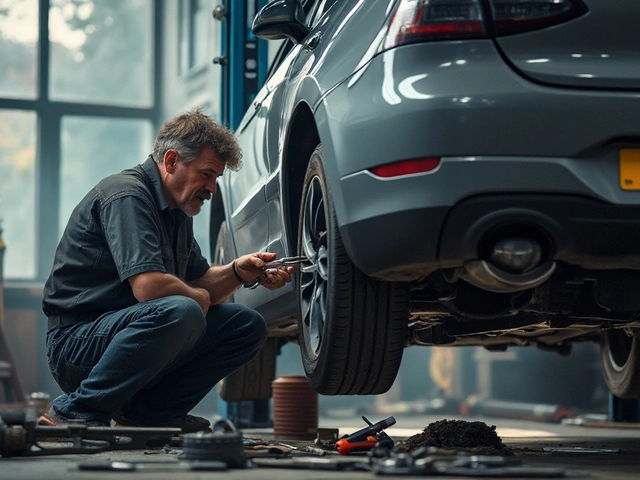Fix Car Radiator: Simple Steps to Stop Overheating
If your temperature gauge is climbing and steam is coming from under the hood, the radiator is probably the culprit. You don’t need a garage full of tools to get it back in shape. With a few basic tools and a little know‑how, you can find the problem, repair a leak, and keep your engine cool.
Find the Problem Fast
First, check the coolant level. Low coolant is the most common reason for overheating. Open the radiator cap only when the engine is cool – hot steam can burn you. If the coolant is low, top it up with the right type of coolant for your car.
Next, look for visible leaks. The radiator, hoses, and the water pump are usual suspects. A small drip will leave a wet spot on the radiator core or on the ground beneath the car. If you see a steady stream, the leak is probably in a hose or the radiator itself.
Another quick test is the pressure test. You can buy a cheap radiator pressure tester at any auto parts store. Attach it to the radiator cap opening, pump up to the pressure rating printed on the cap, and watch for any loss of pressure. A drop means there’s a leak you need to fix.
Repair Common Radiator Issues
For a cracked hose, replace it. Hoses are inexpensive and easy to swap – just loosen the clamps, pull the old hose off, slide the new one on, and tighten the clamps. Make sure the hose sits snugly on the radiator and the engine.
If the radiator itself has a small crack, you can use a commercial radiator sealant. Drain the coolant, shake the sealant can, and pour the recommended amount into the radiator. Run the engine for a few minutes to let the sealant circulate, then re‑fill with fresh coolant. This works for tiny hairline cracks but won’t fix big holes.
When the radiator is badly corroded or the core is damaged, replacement is the best option. Remove the upper and lower radiator hoses, disconnect the overflow tank, and unbolt the radiator from its mounts. Take the old unit to a shop for a matching replacement and install it the same way you removed it. Remember to bleed the cooling system to get rid of air pockets – run the engine with the radiator cap off until the thermostat opens and you see a steady flow of coolant.
Don’t forget the thermostat. A stuck thermostat can cause the engine to overheat even with a healthy radiator. If the engine stays hot while the fan runs, swap the thermostat for a new one. It’s cheap and usually a quick fix.
Finally, keep your radiator clean. Over time, debris can clog the fins and reduce cooling efficiency. Use a soft brush or compressed air to clean the fins gently. A clean radiator helps the fan pull air through more easily.
Regular maintenance saves you from costly breakdowns. Check coolant levels every month, inspect hoses for cracks, and flush the cooling system every two years. With these habits, your radiator will stay reliable and your engine will stay cool.
 10 April 2025
10 April 2025
How Much Does It Cost to Replace a Bad Radiator?
Replacing a bad radiator can put a dent in your wallet, but it's crucial for keeping your car running smoothly. Costs can vary greatly depending on your car's make and model, labor costs in your area, and whether you choose an aftermarket or OEM radiator. This article explores what affects these costs and gives you some handy tips on getting the job done without breaking the bank. If you're facing radiator issues, understanding these factors can help you plan and avoid unexpected surprises.






0